Thermostat for water heaters
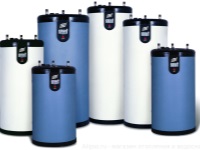
Buying a water heater is not a simple thing, and you need to approach it responsibly, because you are buying a device that will determine the comfort of your family for the next few years. Despite the fact that the boiler for home use - the device is not complicated and, moreover, widespread, the choice of its often becomes a real problem.
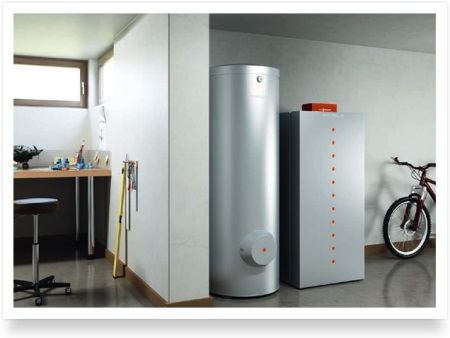
To buy the right device, you need to know a lot about the types of water heaters and the main components of these devices. In this article we will tell you about such an important part of the boiler device as a thermostat.
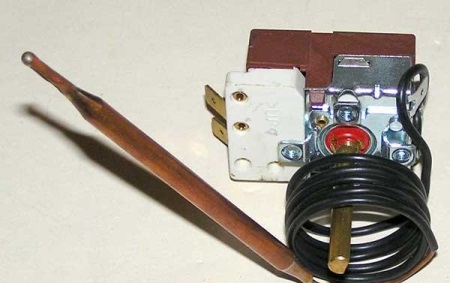
Purpose
The thermostat is a device designed to keep the temperature of the water within the preset values. It acts as a kind of "fuse", protecting the device from overheating. The thermostat controls the temperature of the water in the tank, starting and stopping the heating process in time.
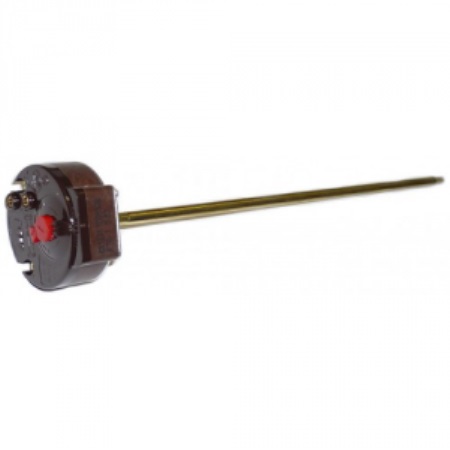
In addition to automating the operation of the device, the thermostat is responsible for the safety of the water heater. After all, when the temperature rises above normal, the pressure inside the tank increases, and an uncontrolled rise in pressure can lead to an explosion of the device.
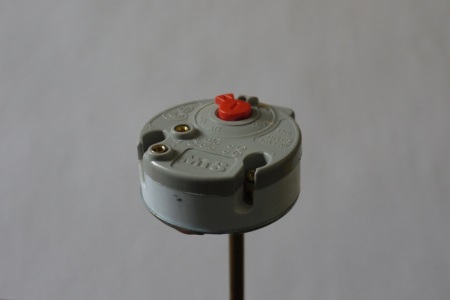
The principle of operation
Despite the fact that almost every manufacturer equips boilers with thermostats of different types, the principle of operation in all devices of this kind will be the same.
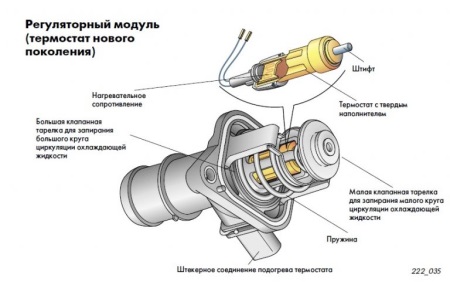
First, the desired temperature value is set by the user with a special regulator on the control panel of the water heater. Then the water is heated to a predetermined temperature, while the relay installed on the thermostat, opens the contacts of the heating element.
When the water in the tank cools, that is, the temperature drops below normal, the relay again closes the contacts, as a result of which the process of water heating starts.
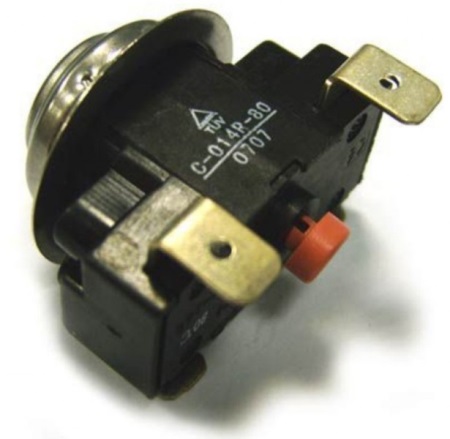
Types of
Thermostats, which are equipped with water heaters, come in several varieties - rod, capillary and electronic. Let's consider each of them in detail.
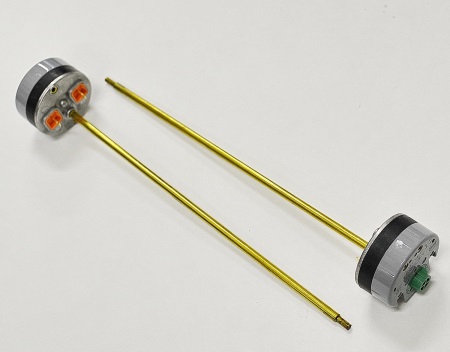
Rods
Rod thermostats are probably the oldest of all such devices. They are a small tube about 35 cm long and 1 cm wide. Under the influence of high temperature, the tube increases in size and presses the switch. The disadvantage of such a system is poor accuracy, because the tube can cool down quickly, causing the boiler to run longer than necessary.
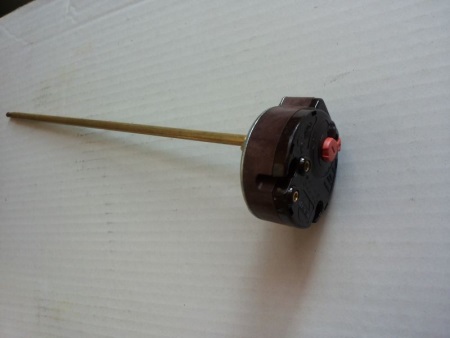
Capillary
Capillary thermostats came later than rod thermostats, but they've been in use for quite some time. They are also made in the form of a tube, but inside are cylinders of liquid, the density of which is different than that of ordinary water. When heating occurs, the liquid increases in volume and the cylinder makes contact with a diaphragm that turns off the device. The accuracy of this type of thermostat is +/- 3 degrees.
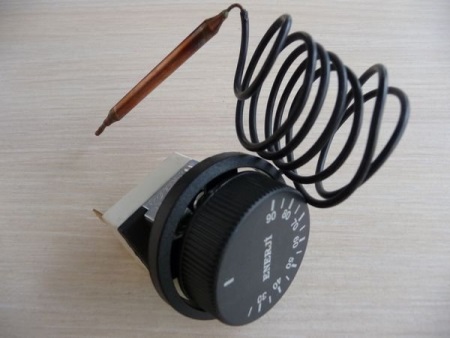
Electronic
Electronic thermostats are the most advanced and accurate of all of the above. For better operation, they interact with a protection relay, which allows emergency power off if the water heater tank is empty.
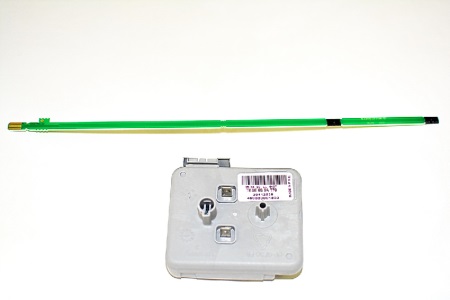
There is another classification of thermostats, according to which these devices are divided into the following types:
- electromechanical/electronic - depending on the key control element;
- simple/programmable - according to the way of setting the temperature;
- surface mounted / flush mounted - according to the mode of installation.
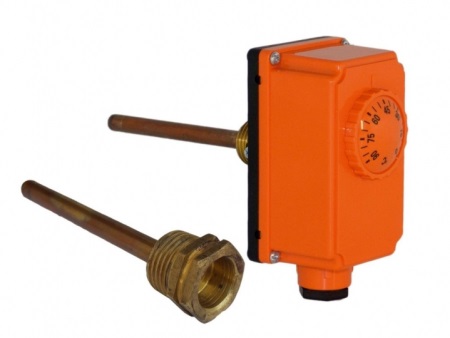
How to check if it works?
Even the highest quality and reliable boilers sometimes malfunction, and it often happens that the cause of malfunction of the device is a breakdown of the thermostat. You can diagnose such a malfunction at home without resorting to the help of a master repairman.
- To find out if the thermostat is functioning properly, you need to remove it from the water heater and put it in resistance measurement mode.
- Then set the maximum temperature value and measure the resistance on the input and output contacts of the device. If the device does not respond in any way, most likely the thermostat is defective.
- If it responds, turn the knob to the minimum value and reconnect the tester probes to the contacts.
- Then take a lighter and heat the thermostat tube with it.
After a while the relay should work opening the circuit and the resistance value will go up. If it doesn't, then the thermostat is broken and needs to be replaced.
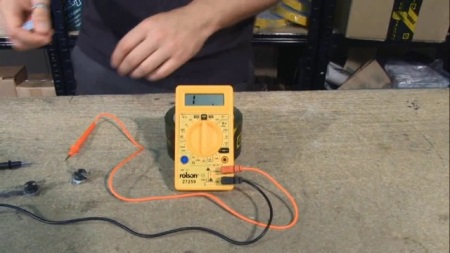
Wiring and Adjustment
If, after diagnosing the water heater, you find that the thermostat is defective, you should replace this device with a new one. It is quite possible to do this on your own.
- Disconnect the water heater from the power supply.
- We block the water supply to the heater, drain the remaining liquid from the tank.
- Remove the bottom panel of the device, opening access to the heating element.
- Remove the pressure ring of the heating element.
- Remove the thermostat sensors and control unit.
- Reinstall the new thermostat.
- Return the heater pressure ring in place, secure the bottom panel.
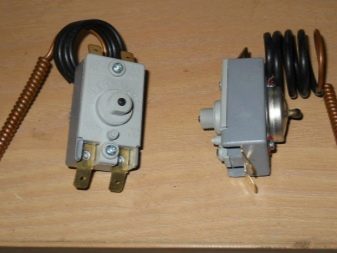
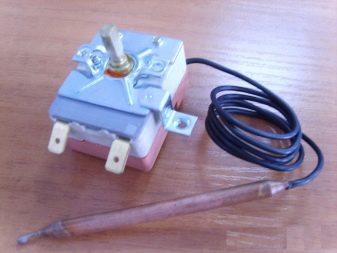
Selection Tips
We've put together a short list of tips for you that should help with your selection and purchase of a new thermostat.
- Going to the store for a new device, take with you the technical data sheet of the water heater. Knowing the necessary parameters, the salesperson will be able to select the right thermostat model.
- Don't rush to throw away a broken thermostat before you buy a new one. The marking on your outdated appliance is useful information, and knowing it, you can easily choose a new, identical thermostat simply by showing it to the salesperson, or by entering it into an online catalog search box.
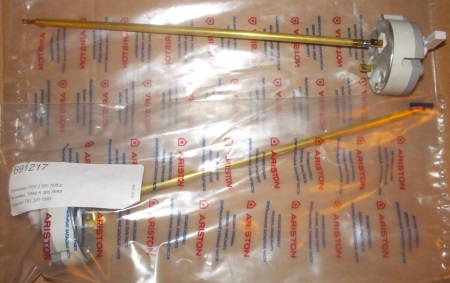
If you choose a thermostat yourself, focus on the following characteristics: type of device, size, method of installation, operating current, functionality (temperature regulation and/or protection).
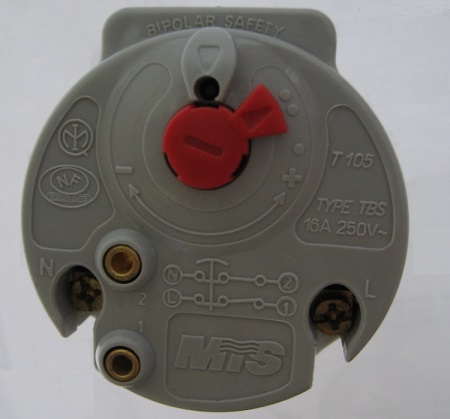
Frequent malfunctions and repairs
Like any other device, the thermostat is subject to a variety of breakdowns, which can occur due to both external and internal factors. Here's a list of the most common malfunctions that occur with thermostats installed in boilers:
- Wear of the copper capillary tube;
- Poor cooperation of the contacts between the thermoregulator and the heater;
- heater element regulation failure;
- scale formation;
- Failures caused by voltage fluctuations.
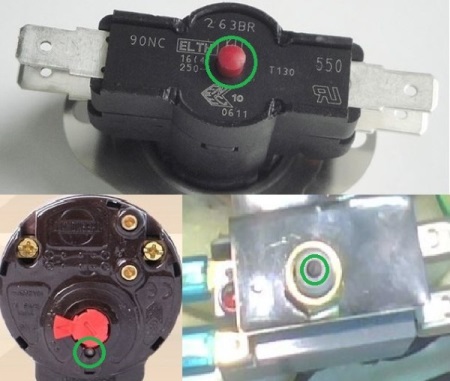
Regardless of the type and cause of failure, experts do not recommend making an independent repair of the thermostat. The broken device will be better to replace - this is the safest and most reliable solution to the problem.

If there is no possibility to replace the thermostat with a new one, you can try to do it yourself. The following video will help you to do it correctly.




